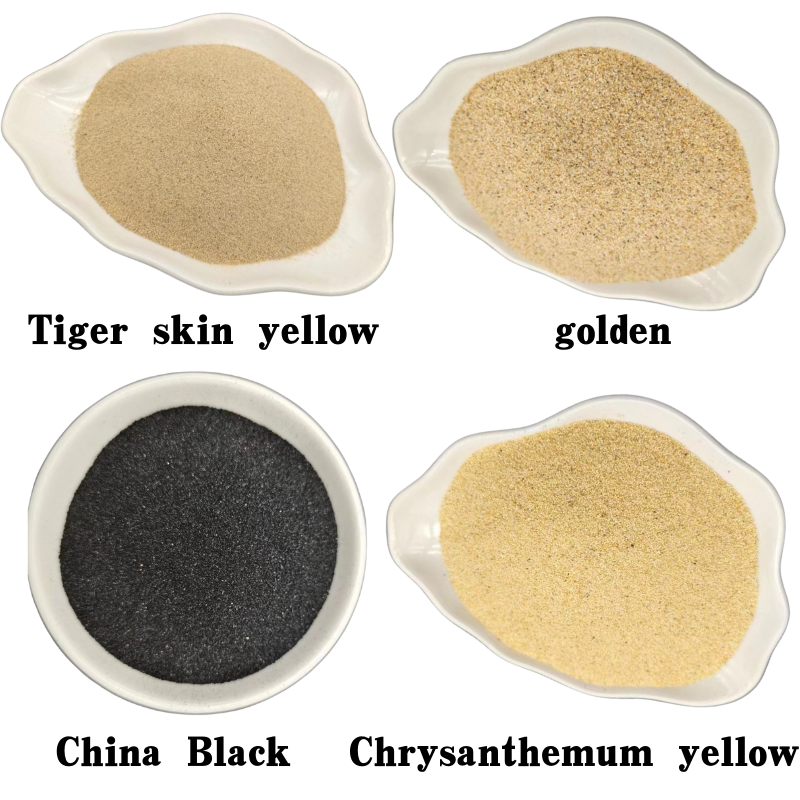
vermiculite versus perlite
Vermiculite vs. Perlite Which Soil Amendment is Right for You?
When it comes to gardening and horticulture, choosing the right soil amendment can significantly impact plant growth and health. Two popular choices among gardeners and growers are vermiculite and perlite. While both are used to improve soil structure and aeration, they possess unique properties that cater to different gardening needs. Understanding the differences between vermiculite and perlite can help you choose the best option for your specific plants and growing conditions.
Vermiculite is a naturally occurring mineral that undergoes a process of heating and expansion when mined. This process creates lightweight exfoliated particles that are often golden-brown in color. One of vermiculite's standout features is its ability to retain moisture and nutrients effectively. This makes it an excellent choice for plants that prefer consistently moist conditions, such as seedlings and houseplants. Furthermore, its pH-neutral nature ensures that it won't alter the acidity of your soil, making it suitable for a wide variety of plants.
Vermiculite vs
. Perlite Which Soil Amendment is Right for You?In terms of texture, vermiculite has a very soft, sponge-like feel, while perlite’s texture is more granular and rough. This difference in texture can affect the overall feel of your potting mix. For example, a mix that contains more perlite will have a chunkier texture, while one that includes vermiculite will feel softer and more cohesive.
vermiculite versus perlite

When considering their use in potting mixes, it’s also important to think about their thermal properties. Vermiculite has excellent insulating qualities, which can help maintain a stable temperature for plant roots. This can be particularly beneficial for seedlings or newly transplanted plants that require a more stable environment. Perlite, conversely, does not provide the same level of insulation and is better suited for situations where aeration is the primary concern.
Both vermiculite and perlite are excellent choices for improving soil aeration and drainage, but they can also be used in conjunction with one another to create a balanced potting mix. For instance, a common recipe for seed starting involves combining equal parts of vermiculite and perlite with peat moss or coconut coir. This combination provides ample aeration, moisture retention, and nutrient availability, making it ideal for starting seeds.
Cost can also be a consideration. Typically, perlite is often less expensive than vermiculite, making it a favorite among budget-conscious gardeners. However, the choice between the two should not be made based solely on price; rather, it should depend on the specific needs of the plants you are growing.
In conclusion, both vermiculite and perlite serve valuable functions in gardening and horticulture. Vermiculite excels in moisture and nutrient retention, ideal for moisture-loving plants, while perlite provides excellent drainage and aeration, making it perfect for drought-tolerant species. Understanding the unique benefits of each can help you create an optimal growing environment tailored to your plants' needs, leading to a successful and vibrant garden. Depending on your specific gardening goals, you may find that the right choice for your soil amendment needs is a blend of both vermiculite and perlite.
Share
-
Premium Talcum Powder Enhanced with GPT-4 Turbo | Soft & Long-LastingNewsAug.02,2025
-
Fly Ash Solutions Enhanced by GPT-4 Turbo | Sustainable InnovationNewsAug.01,2025
-
Natural Premium Bentonite Cat Litter - Superior ClumpingNewsJul.31,2025
-
Premium Resin Coated Sand - High Heat Resistance CastingNewsJul.31,2025
-
High Quality Silicon Carbide Grit for Abrasive ApplicationsNewsJul.30,2025
-
High-Quality Ceramsite for Plants & Gardening | Lightweight PebblesNewsJul.29,2025






